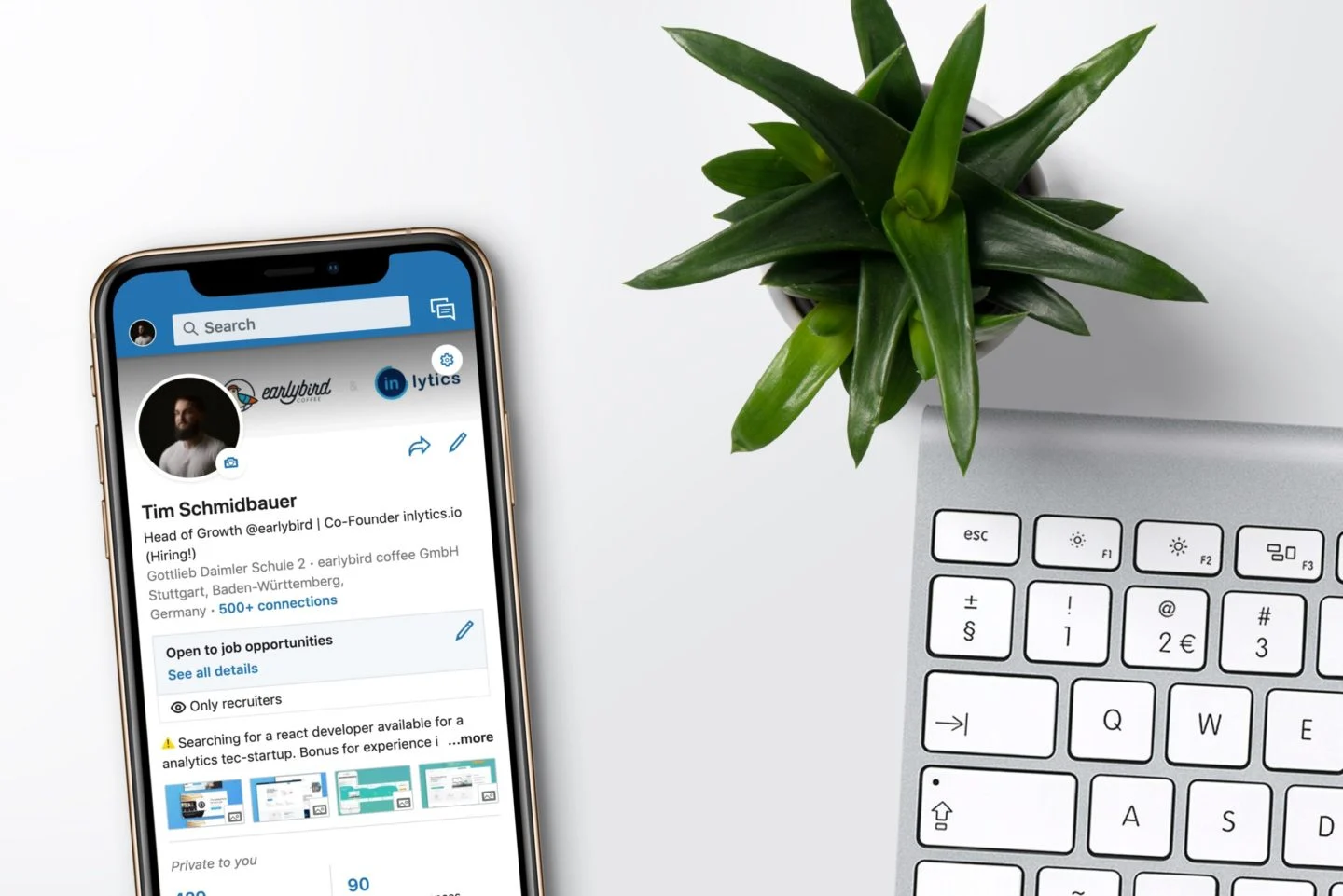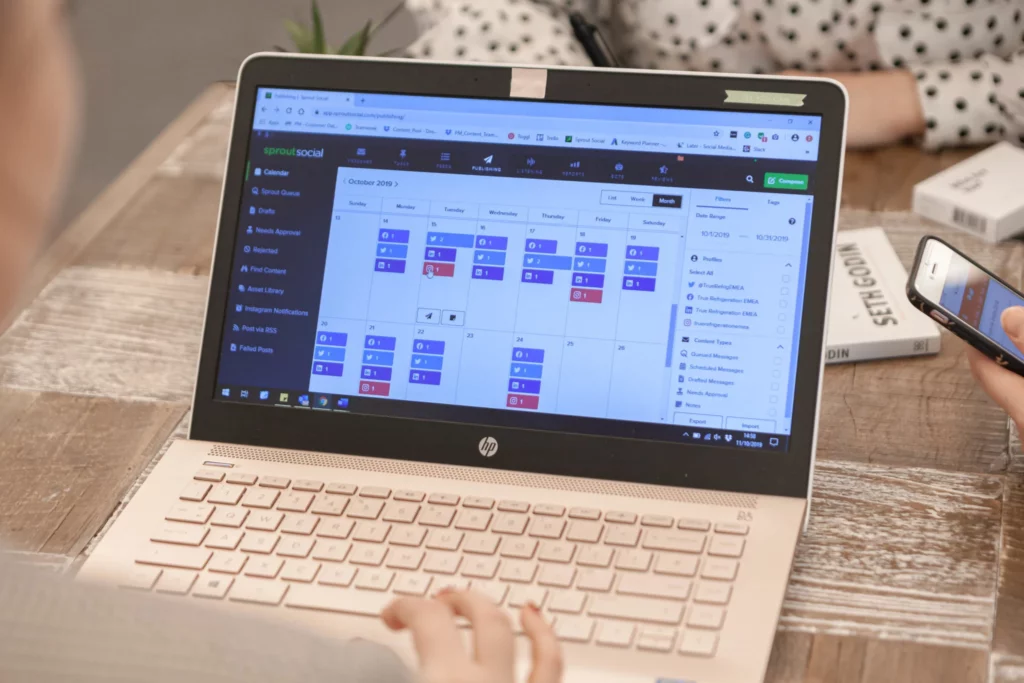How to engage on Linkedin in 2025.

LinkedIn is the go-to social media platform for B2B marketing, but the way we use it has changed a lot over the last year or two. So, we’re taking a look at how to engage on LinkedIn in 2025.
LinkedIn is targeted towards business professionals, making it a great way to communicate with your B2B audience on social media. Whether you’re running a page for your company, or want to grow your personal network online, here’s how to master LinkedIn.
Before we get stuck in, it’s important to remember that there’s no set formula for success on LinkedIn. Every industry will have its own way of working, so it’s important to use trial and error to find out exactly what works for your audience.
That being said, there are some things we can try that will boost your chances of success, no matter what industry you operate in.
The changes to the LinkedIn algorithm ultimately mean we need to put more effort into the content we share. This means using a variety of media and providing as much value as possible for your audience.
Your content mix could include:
It’s a classic, but telling people what to do will make them more likely to do it.
End all your posts with a CTA (Call-to-Action) encouraging the reader to like, comment or follow your LinkedIn Page. This means you will get more comments on your post to boost it up to the top of the feed.
It might seem like a pleasantry, but replying to comments will actually boost the reach of your posts. Ultimately, it means there are threads of comments on your post, which are seen as more valuable in the LinkedIn algorithm (we explain more about the algorithm further down).
It also opens up the opportunity for a discussion about the topic in your comment section, which could catch the attention of those who would have otherwise scrolled past.
A few years ago, hashtags on LinkedIn were unheard of, and when they were initially introduced, you were unable to search them which made them hard to use.
But LinkedIn has turned that around, introducing a search feature and placing more focus on hashtags. This has opened up the opportunity for complete strangers with similar interests to see your posts on LinkedIn.
The more specific the hashtags you use, the more highly engaged the audience will be. But there is a balance, don’t fall into the trap of using hashtags that are so specific they’re never searched.
It seems that LinkedIn prefers posts from personal profiles rather than company pages, so it’s important to turn your employees into brand advocates.
Get your employees posting regularly on LinkedIn and sharing your company posts to build a presence past that of the page alone.
Whether you’re running a company page or a personal profile, make sure you have filled out all the relevant sections. This will allow those who land on your page to know they’re in the right place and will help to get your page ranking on Google search.
At the absolute minimum, your page should have a high-quality profile photo and a detailed description, but ideally, you should fill out every section.


Although “good” can look different for everyone on LinkedIn, especially depending on what industry you’re in, there are ways to know if you’re on track.
Engagement rate is a key indicator of whether your followers or wider audience are finding your content relatable, interesting and worth interacting with.
On average, a 2% LinkedIn engagement rate is considered good. If you’re getting lower than this, it may be a sign that your followers aren’t active, or that your content isn’t resonating with them.
To calculate your engagement rate, you can use a social media scheduling platform which measures your results, or you can work it out yourself using the most common formula:
Total number of engagements per post / reach per post * 100
It’s also important to review and analyse your previous posts, so you can see which performed the best. This type of content can then be incorporated in your social calendar moving forwards to improve your number of engagements.
A few years ago, sharing content was really easy on LinkedIn, with posts getting massive organic reach and lots of engagement from people who weren’t in your immediate network. And this was even better when you were sharing links and posting native videos or presentations.
When your 1st connections would interact with your posts, it would show up to their network (your 2nd connections) and if your 2nd connections would then interact, it would show up to their network (your 3rd connections) and so on. This meant that people who you’d never met could see your content, so building a LinkedIn presence was a doddle.
But this has since changed. Now it’s much harder to be found by people you’re not already connected to, and you have to fight harder for your posts to show up in the feed.
To combat this, you need to make your content really interesting for your connections to encourage likes, comments and shares. And the more high-quality engagements you get, such as long comments and comment threads, the better your post is in the eyes of the LinkedIn algorithm.
The simple answer is LinkedIn wanted to boost their revenue from ads. If your organic posts are performing well and being seen by thousands, why would you bother paying for an ad?
But that’s not the only reason.
The quality of content on LinkedIn was dropping since any Tom, Dick and Harry could have a viral post. This led to LinkedIn members complaining about their experience of the platform, both from the perspective of content creators and consumers.
So, with the new changes to the algorithm, only the best quality content can be found, improving user experience and keeping members on the channel.
LinkedIn marketing doesn’t come naturally to everyone. And with the new changes making you work harder for the same results, not everyone has the time to be a digital marketer on the side.
Our team of social media experts can give you a helping hand. They’ll find your audience and talk to them in a way that engages them and pleases the LinkedIn algorithm all at the same time.
Get in touch to see how we can help you.